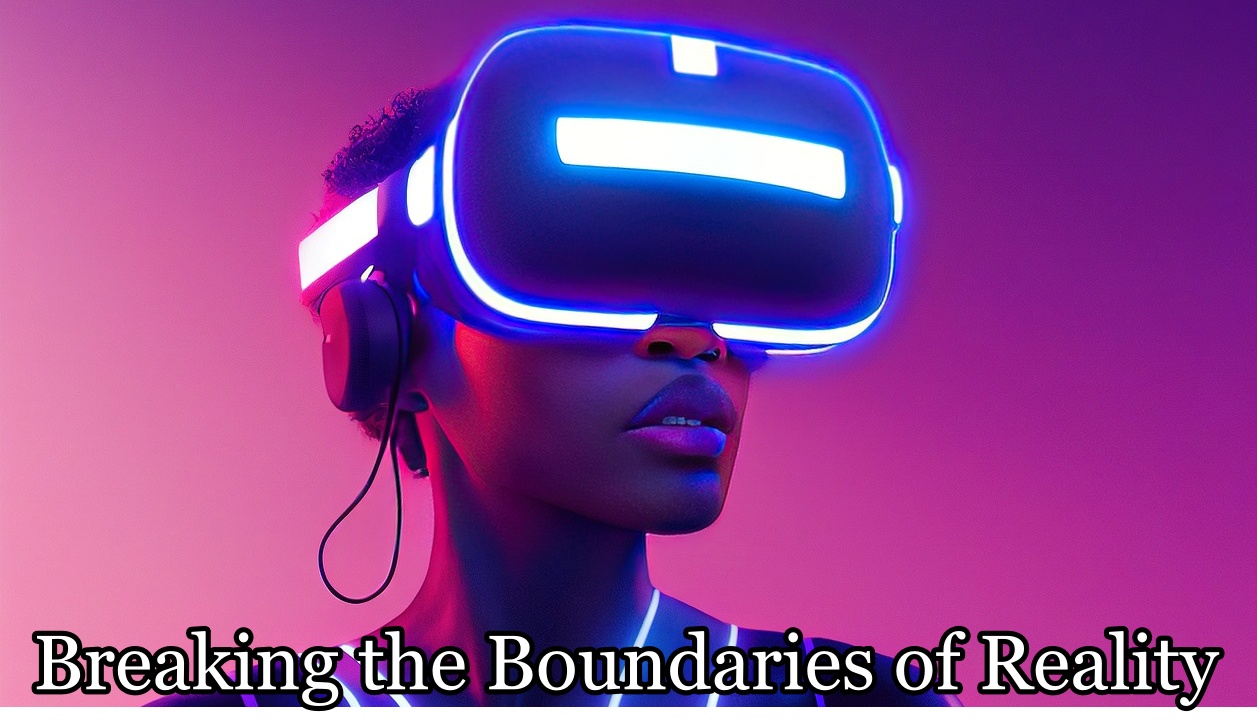Technology enthusiasts have been buzzing about Mark Zuckerberg’s latest reveal from Meta: the Orion augmented reality (AR) glasses. This groundbreaking, fully holographic AR device represents Meta’s vision of the next major computing platform, alongside other products like the Meta Quest and the Apple Vision Pro.
Zuckerberg believes this technology will be the next evolution beyond the smartphone. However, while AR glasses are impressive, the idea of wearing such devices all day has sparked skepticism.
On the other side of the innovation spectrum is Elon Musk’s Neuralink, which has taken a more transformative approach. If augmented reality is the next step in computing, Neuralink aims to achieve the ultimate evolution with brain-computer interfaces. This ambitious project has been in development for over eight years, with the Blindsight device recently gaining breakthrough status from the FDA, fast-tracking its journey to clinical use.
Meta’s Orion AR Glasses: Enhancing Reality
Meta’s Orion glasses utilize miniature projectors to overlay digital information on lenses, seamlessly integrating with your field of vision. This makes it possible to experience enhanced visuals in real-time. However, Zuckerberg has admitted limitations, including the inability to provide haptic feedback or incorporate sensory elements like smell. These glasses are undeniably impressive, but their practicality for daily use remains questionable. Will users embrace a future where wearing glasses is as ubiquitous as carrying smartphones?
Neuralink’s Blindsight Implant: Rewriting Reality
Neuralink’s Blindsight takes innovation to an entirely new level. Designed primarily as a medical device, it promises to restore vision to individuals who have lost it—even those born blind. By replacing human eyes with digital cameras, the implant sends electrical signals directly to the brain’s visual cortex. Unlike AR glasses, this technology bypasses external devices altogether, creating a direct connection between the user and the digital world.
While Neuralink’s initial capabilities might be basic, akin to low-resolution graphics, Musk envisions future enhancements that could surpass natural vision. The potential to see beyond visible light—such as infrared or ultraviolet—adds a layer of functionality that wearable AR devices cannot replicate.
Breaking Reality: The Human Experience Reimagined
The philosophical implications of these technologies are profound. Meta’s AR glasses enhance reality, making it more interactive and visually rich, while Neuralink redefines reality altogether by directly interfacing with the brain. This opens the door to immersive experiences that could incorporate all five senses—sight, touch, taste, smell, and sound—offering a level of immersion that current AR technology cannot achieve.
Practical Challenges: Glasses vs. Brain Implants
The practicality of these technologies also differs significantly. AR glasses, while portable, face challenges related to durability, cost, and usability. Misplacing or damaging glasses is common, and their reliance on external hardware makes them less discreet. Neuralink’s implants, on the other hand, involve a one-time surgical procedure.
Once installed, the implant’s components—such as chips and batteries—can be upgraded without replacing the entire system. While the idea of brain surgery may seem extreme now, it could become more acceptable as wearable devices normalize the concept of tech-integrated lives.

Looking Ahead: The 2030s and Beyond
Meta’s Orion glasses are poised to dominate the tech landscape of the 2030s, offering a natural evolution from smartphones. Neuralink, however, represents the “next-next big thing” and could revolutionize human interaction with technology by the 2040s. The shift from external devices to internal interfaces may be inevitable, as users demand more seamless and immersive experiences.
Conclusion: A Technological Tug-of-War
Meta and Neuralink exemplify two distinct visions of the future: one enhancing reality, the other reshaping it entirely. Both have their merits and challenges, but together, they highlight the boundless possibilities of innovation. Whether we’re augmenting our senses with AR glasses or breaking the boundaries of reality with brain implants, the future promises to be as thrilling as it is transformative.
Which path excites you more: wearable AR technology or brain-computer interfaces? The choice could define the next chapter of human evolution.
Read More:


2 thoughts on “Neuralink’s Revolution: Breaking the Boundaries of Reality”